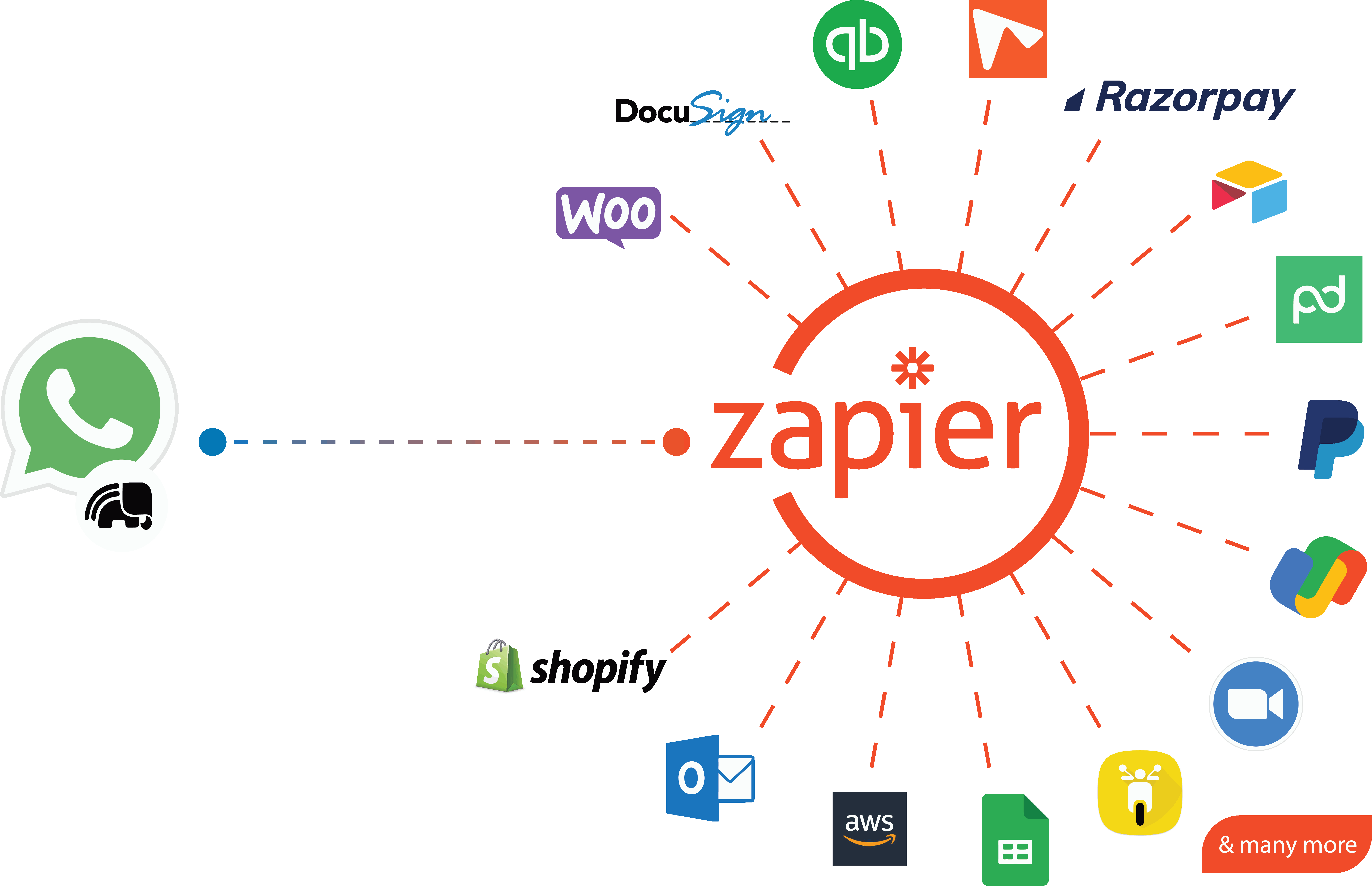Decoding Zapier's Path to Success: From Niche Forums to Global Dominance
Zapier's ascent from a remote-only startup to a profitable tech juggernaut is a testament to strategic thinking, customer-centricity, and relentless execution. Founded in 2012, Zapier has disrupted the integration landscape by offering seamless connectivity between various apps and services.

Zapier's ascent from a remote-only startup to a profitable tech juggernaut is a testament to strategic thinking, customer-centricity, and relentless execution. Founded in 2012, Zapier has disrupted the integration landscape by offering seamless connectivity between various apps and services. Let's dissect how Zapier acquired its first 1000 customers and established itself as a force to be reckoned with. The total revenue of Zapier to date is $140M. Zapier has a valuation of $5 Billion. Zapier has 500 employees in 38 countries.
Pillar 1: Product Forums - Targeted Outreach
Recognizing the power of targeted outreach, Zapier leveraged product forums to engage with potential customers. By identifying threads discussing integration needs across platforms like Dropbox, Salesforce, and Evernote, Zapier's CEO, Wade, provided personalized responses, offering solutions or teasing upcoming integrations. This approach, while yielding modest traffic initially, attracted highly qualified leads, with 50% converting to beta users. The key takeaway here is the importance of quality over quantity in customer acquisition strategies.
Pillar 2: Going Manual - MVP Evolution
In a nod to irony, Zapier's MVP wasn't automated at all. Instead, Wade and his co-founder manually handled integration requests by engaging in one-on-one conversations with prospects. This hands-on approach allowed them to understand customer needs intimately and deliver tailored solutions promptly. The takeaway here is that in the early stages, focusing on delivering tangible results, regardless of the means, is paramount.
Pillar 3: Monetizing Beta - Quality Over Quantity
Unlike traditional betas that offer free access in exchange for feedback, Zapier adopted a novel approach by making beta users pay for access. By charging a nominal fee, Zapier attracted a self-selecting cohort of users who understood the value proposition and were willing to invest in the product. This not only ensured high-quality feedback but also fostered a sense of ownership and commitment among users. The lesson here is that early customers who are financially invested are more likely to provide meaningful insights and drive product improvement.
Moving Forward: Leveraging Partnerships and SEO
Building on its early successes, Zapier forged strategic partnerships with companies, leveraging insights gleaned from product forums. Additionally, the team capitalized on SEO by creating landing pages for various zap combinations, optimizing for specific keywords. This proactive approach to marketing and partnerships propelled Zapier's growth trajectory, establishing it as a market leader in the integration space.
Conclusion
Zapier's journey from humble beginnings to a $2.58 billion powerhouse epitomizes the entrepreneurial spirit and unwavering dedication to solving customer pain points. By prioritizing targeted outreach, personalized engagement, and monetizing beta access, Zapier not only acquired its first 1000 customers but also laid the foundation for sustainable growth and market dominance. As Zapier continues to innovate and expand its offerings, its story serves as an inspiration for aspiring entrepreneurs worldwide.
